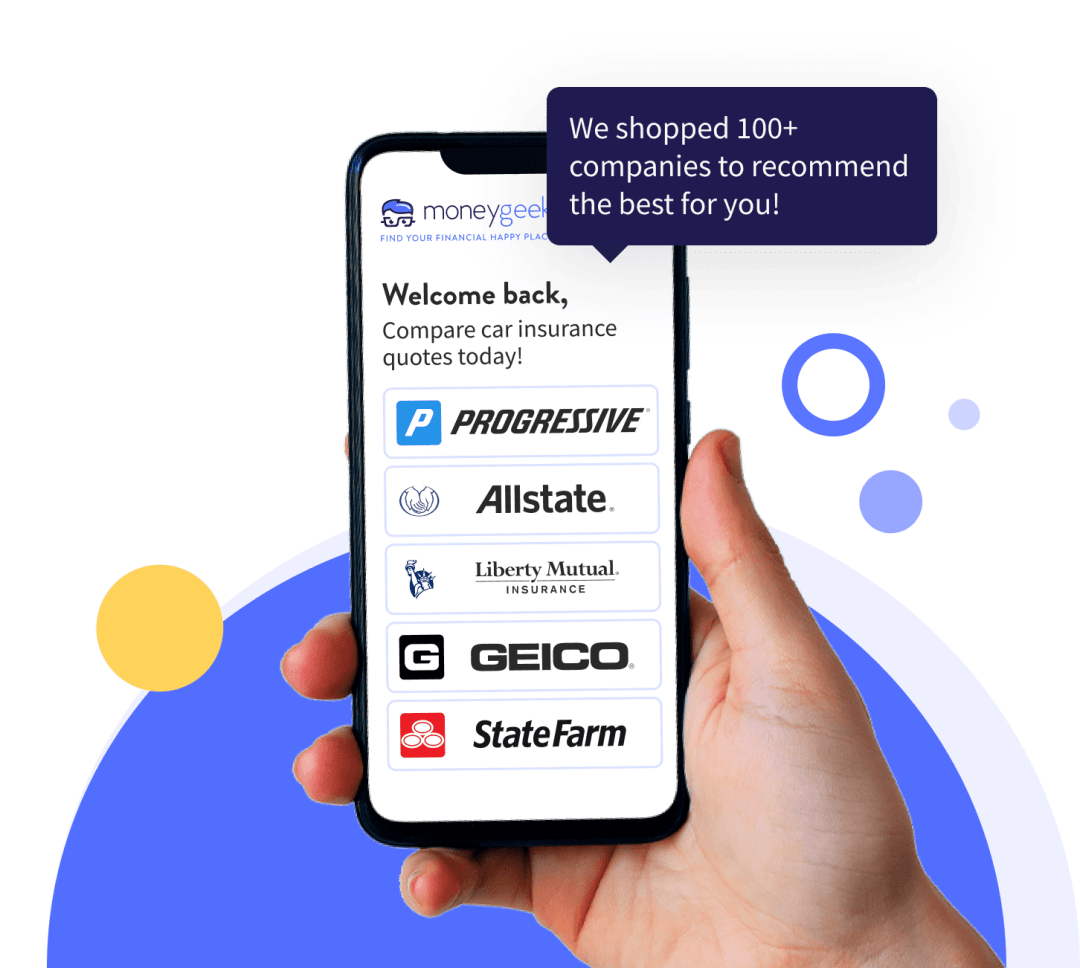Yes, foreigners can get car insurance in the United States, but the process differs from what U.S. citizens experience. Anyone driving in the U.S. must have car insurance, except in New Hampshire and Virginia where it's optional (though still recommended).
Key Points for International Drivers:
- Long-term residents: Need to purchase a policy from a US insurance company
- Short-term visitors: Can often get coverage through rental car companies
- Student visa holders: Eligible for regular policies with potential student discounts
- Work visa holders: Can get standard coverage with proper documentation
The main challenge isn't eligibility—it's finding insurers that work with foreign licenses and understand international drivers' needs.








